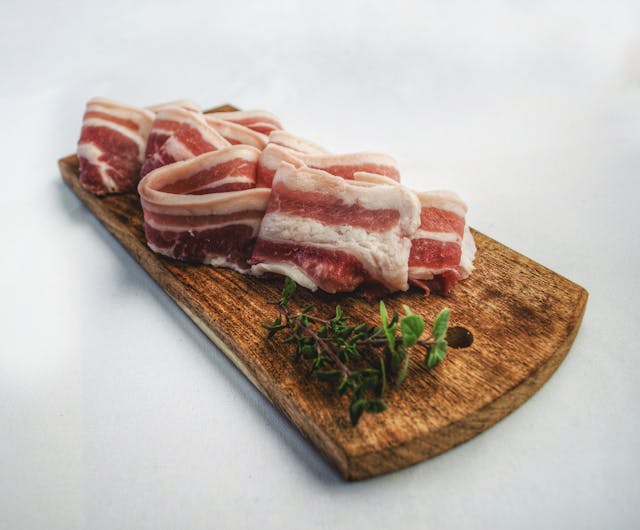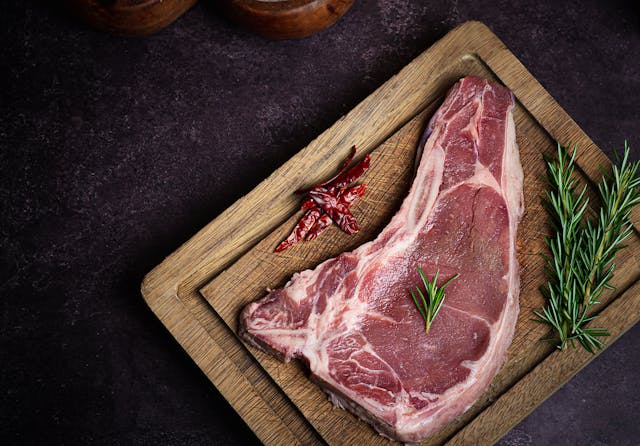Few snacks can compare to the savoury delight of dried meats. Jerky and biltong are two well-liked competitors in this field. Although they come from different parts of the world and provide your taste buds with different experiences, both have rich flavours and chewy textures. Let’s examine what makes these snacks unique as you consider which one should be in your pantry. You’ll learn about their provenance, cooking techniques, and nutritional characteristics before learning which is the most popular among meat eaters worldwide!
What are Jerky and Biltong?
A traditional South African snack, biltong is made from cured meat, usually game or beef. The meat is marinated in vinegar and spices and then allowed to air-dry for a few days. This technique maintains the meat’s natural flavour while allowing the flavours to seep deeply.
Conversely, jerky is a North American product that is typically made from lean beef or turkey cuts. A more intense flavour profile is achieved by seasoning with different spices and then dehydrating at low temperatures.
Despite the fact that both snacks are dried meats, their origins have an impact on their distinctive qualities. Compared to jerky, which is typically chewier because of its drying process, biltong is typically thicker and moister. Each provides a delectably fulfilling experience that suits a variety of palates worldwide. Lets dive into the world of biltong vs jerky

The Variation in Preparation
Jerky and biltong are both dried meat snacks, but they differ in how they are made. Originating in South Africa, biltong is typically prepared with game meats, beef, or even ostrich. Before being marinated in a vinegar solution flavoured with coriander and other spices, the meat is cut into thick strips.
Jerky chooses a different path. Usually, it begins with thinly sliced meat that is marinated in different sauces (think teriyaki or soy sauce) and then seasoned with a variety of spices. To preserve flavours, the meat is then dehydrated at low temperatures.
Texture is also impacted by this variation in thickness. The chunkier cuts of biltong give it a chewier bite, whereas the thinner slices of jerky give it a more tender chew.

Comparing Nutrition
The nutritional profiles of jerky and biltong provide some intriguing information when deciding between the two dried meats. Usually made from beef or game meat, biltong is marinated in vinegar and spices. As a result, it frequently holds onto more moisture than jerky, producing a product that may have more protein but less fat.
Conversely, jerky’s drying process, which eliminates more moisture, usually results in a longer shelf life. Depending on the type of meat used (most often beef), this can result in a denser snack with a varied protein content. Furthermore, a lot of commercial jerkies contain a lot of sodium because flavouring preservatives are added.
Biltong typically has fewer additives than other jerky brands, and it is typically free of artificial preservatives and sugar. The decision between them may be based on individual taste preferences and dietary objectives.
Therefore, your snacking habits and dietary choices may be influenced by your preference for the smoky essence of jerky or the tangy flavours of biltong. Depending on your preferences for a healthy snack, each has special qualities that make them appealing in different ways.





